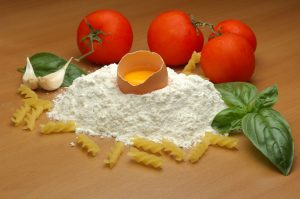Recipes are directions, and in most cases, directions on how to create food. One of my relaxing pastimes is reading recipes, collecting them, and dissecting them on what makes them easy, unique, or particularly mouth-watering. I ponder how to alter them, improve them, add to make the flavor better.

I imagine the type of setting I’d serve it at. I play with matching it with others. And I enjoy thinking which platter, bowl, or serving piece to use to show it off.
A recipe that captures a reader is not just about the ingredients, like any story isn’t just about its components.
So many people have come to me at conferences, saying how good a story they have. They are all about the plot or the research involved. One character or how it ends. I never hear about the whole.
But when I ask them how much they have written, I usually get a brief version of “it isn’t written yet,” or “I’m mulling it over, but I know how it will read.” Or if part of it is written, it’s been ongoing for years. They often say they know where they are going, or are almost there.
A recipe can be good, average, or poor. Ask a professional cook. Ask a baker. Ask a mom or grandmother who cooks recipes passed down for generations. The parts that go into it are there. It’s how you put those parts together that matters. And sometimes, you have to make that recipe several times, noting the weaknesses, before that recipe comes out the best it can be.
Leave a Reply